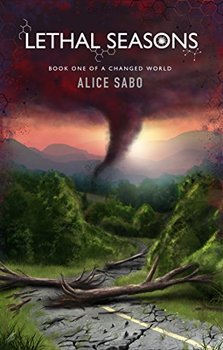
Imagine the apocalypse. The word may conjure up visions of a nuclear holocaust, a killer pandemic, an asteroid collision, or cyberwar so intense that it sets back civilization by a century or more. Usually, when we ponder an apocalyptic future we think of a single, overriding cause—and a change so sudden and total that it seems to occur in an instant. But isn’t a more realistic view of the apocalypse likely to result from a conjunction of several causes that unfold over time? This is the conceit on which Alice Sabo has based the “Changed World” series of five science fiction novels. And in the first of the five, Lethal Seasons, we visit the early days in the death of human civilization.
In Year Zero—”seven years ago”—a madman released a lethal engineered virus around the world. It’s rumored that the man’s intention had been to kill off the androids called biobots that many fear threatened to enslave the human race. But the effect was much greater, reducing global human population by at least forty percent. And every year the “flu” returns, killing millions more.
A realistic view of the apocalypse
“The downsizing of the population left a lot of resources behind, but not enough people to run the factories.” Vaccines released on an annual basis are only marginally effective. Meanwhile, the climate crisis has reached epic proportions, with storms so fierce and persistent and heat waves so intense that much of the human race frequently shelters underground. “There are few left alive that can remember what it was like to pump gas or see skyscrapers.” Because all the schools have closed, “the illiteracy level was rising.” The economy has been set back by centuries: “Money no longer stood for anything of worth.” Among the few basic services that still operate is the Internet, known now as “the ether.” Now, people have fled the cities and towns, and the population of the United States has descended to a level it reached in the middle of the 1800s, an estimated thirty-three million.
Lethal Seasons (Changed World #1 of 5) by Alice Sabo (2014) 371 pages ★★★★☆

Against this grim background, Sabo spins out the story of High Meadow Med Center. It’s located somewhere on the East Coast of the United States. A designated vaccination site in a former high school, High Meadow has become one of the larger communities in its region, with a population of more than one hundred. Its only experience of government is the National Train Authority, which staffs the railroad stations and manages the flow of vaccines and “train food,” two unpalatable varieties of highly nutritious packaged substances called Crunch and Stew-goo.
The future might look like this in any realistic view of the apocalypse.
The resourceful people of High Meadow Med Center
- High Meadow’s aging founder is Angus T. Moss, author of a work in progress titled History of a Changed World. Sabo doles out passages from this work at the head of each chapter. Angus’ wife Tilly manages the struggling community with great skill, making use of the diverse talents of the accidental residents, many of them highly educated in fields that have become irrelevant.
- Several residents, none with any background in farming, till the fields where they attempt with limited success to grow enough food to feed them all. And when storms approach, they’re forced to cover the fields. “Superstorms made short work of crops grown in unprotected fields.” Train food fills the gap.
- Head cook Susan and her team staff the cafeteria, where all the residents receive their meals.
- A former special forces soldier named Martin leads the Watch, which protects the site from marauding bandits.
- Old Dr. Rutledge manages the infirmary with a dwindling supply of drugs, bandages, and antiseptic supplies.
- And a former FBI agent named Nick travels throughout the region as Angus’ scout, searching out data about the impact of the virus and the weather to inform the old man’s history.
Barter, feral bandits, and ever fiercer storms
The action that unfolds centers on Nick’s travels throughout the region. Wherever he goes, he encounters mounting evidence that conditions are deteriorating. “Angus’s settlement was a utopia compared to some of the places he’d seen.” Feral bands of men—including one tribe of cannibals called Maneaters—prey on the tiny communities that survive on barter, trading the specialized goods and services they’re able to offer. And he is unsurprised when he comes upon the body of a murdered adolescent girl in an abandoned house. What’s surprising is that the young woman has managed to kill the man who was presumably her murderer: a heavily armed soldier dressed in black armor. But an even greater surprise lies in the notebooks Nick discovers in the house, which promise to explain the origins of the virus.
About the author
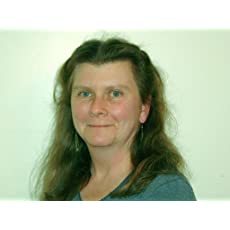
Alice Sabo‘s website headlines “post-apocalyptic, fantasy, science fiction, mystery” to describe the eighteen books listed as her work on Amazon. I am unable to find any additional information about her online.
For related reading
I’ve written a book called Hell on Earth that analyzes dystopian fiction. You can learn about it at My new book: a fresh look at dystopian novels. It’s based on my reading of sixty-two dystopian novels.
I’ve reviewed all four of the later books in Alice Sabo’s Changed World series:
- Scattered Seeds (Eking out existence in a fast-changing world)
- Gleanings (Humanity begins to recover from the Apocalypse)
- Lessons Learned (Recovering from the Apocalypse)
- Desperate Measures (A hopeful post-Apocalyptic series concludes)
And you’ll find all five books in the series at This unusual post-Apocalyptic tale is hopeful.
For more good reading, check out:
- These novels won both Hugo and Nebula Awards
- The ultimate guide to the all-time best science fiction novels
- The top science fiction novels
- The top 10 dystopian novels
- 10 new science fiction authors worth reading now
And you can always find my most popular reviews, and the most recent ones, on the Home Page.

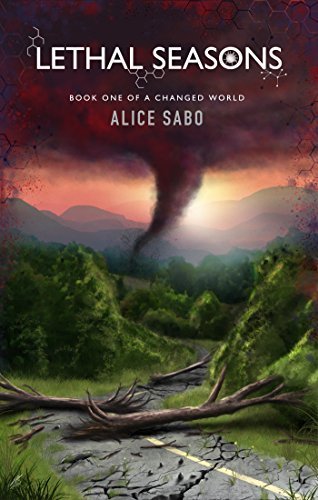
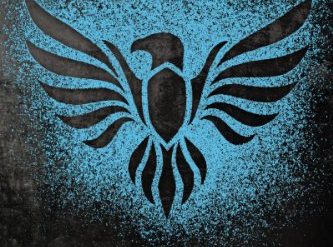
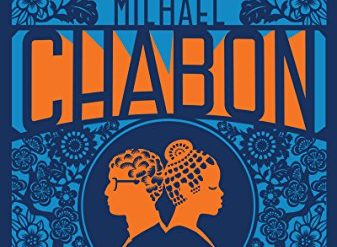

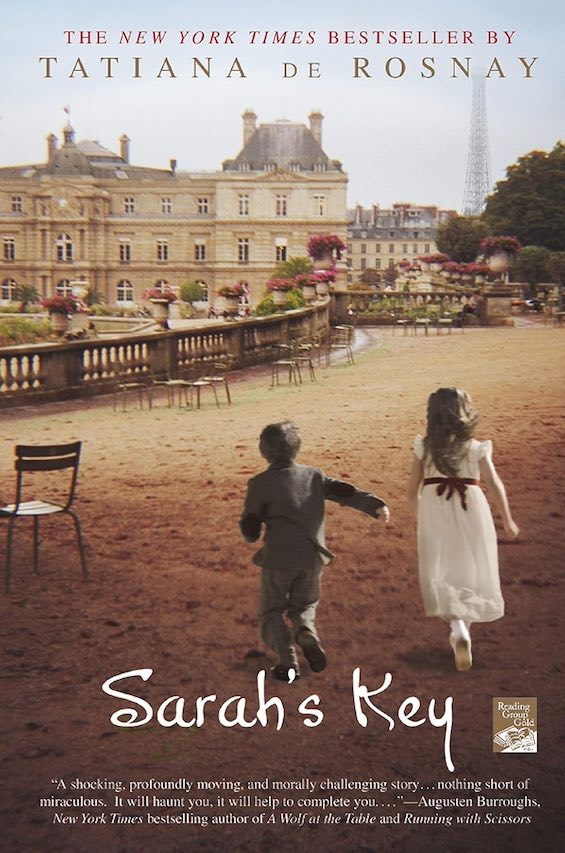





















The proliferation of dystopian science fiction novels right now is mind boggling. This one sounds so depressing I think I will pass.